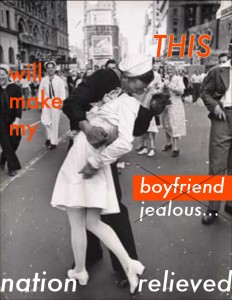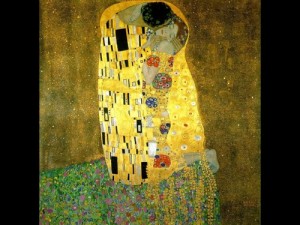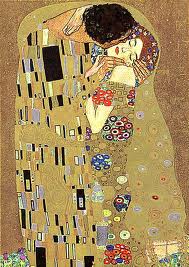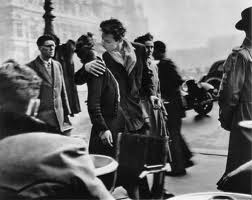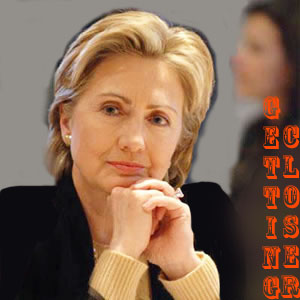These articles, presentations, and videos attempt to introduce the world to Sunukaddu‘s people and practices. As I state in my bio:
“This past summer, I had the thrilling opportunity to work in Dakar, Senegal, with innovative non-governmental organization le Reseau Africain d’Education pour la Sante (RAES) program, Sunukaddu. To this teen workshop in multimedia health communication I brought a pedagogical model and method that positioned new media literacies (NMLs) and SEL skills as fundamental to meaningful learning, and asset appreciation as key to sustainability. Collaboratively as a Sunukaddu team, local staff and I generated: a daily schedule that reflected a scaffolded methodology for optimizing participatory learning; a programmatic schedule that introduced key communication characteristics, strategies, and platforms, as well as useful theory; full lesson plans that respected our theoretical, temporal, and curricular goals; and a sense of togetherness.”
I wrote about my experiences with Sunukaddu for eLearn Magazine (“Making Education (Double) Count: Boosting Student Learning via Social and Emotional Learning and New Media Literacy Skills“), Henry Jenkins’s heavily trafficked blog (“High Tech? Low Tech? No Tech?“), and the blog for Global Kids Online Leadership Program (“Sunukaddu, A Voice for Youth in Senegal“). I also presented my work at the National Communication Association’s 2010 convention in San Francisco (“Leveraging New Media Literacies & Social-Emotional Learning to enrich teen education in Senegal“) and at the Global Education Conference (“New Media Literacies: The core challenges of implementation and assessment in international contexts“), a free, online event that took place in multiple time zones and languages over five days, hosting 15,028 unique logins and presentations from 62 countries.
An presentation on Sunukaddu and bridge-building with Los Angeles-area high schools was videotaped and posted to the web (I speak, Pecha Kucha-style, from 1:04:30-1:08:30). Nonetheless, when it came to presenting Sunukaddu via video alone, despite the fact that Sunukaddu taught participants how to shoot and edit video!, my translation was less articulate.
My learning process with FinalCut Pro, Compressor, and Snapz proved challenging and riddled with potholes. What began as a single remix that used footage sampled liberally from students’ documentation of the program, students’ final projects, and colleagues’ own remixes became three, relatively straight-forward videos. These three were intended to function as an introduction to NMLs, a preview of Sunukaddu’s integration of NMLs with SEL, and a final synthesis.
Sunukaddu: Our Voice, version 1 (originally posted to class wiki October 21, 2010)
Sunukaddu: Our Voice, version 2 (originally posted to class wiki November 11, 2010)
PART 1: New Media Literacies
This is a short film produced by Vanessa Vartabedian of Project New Media Literacies. I have left it in its original form except for excising two interviews — one with Henry Jenkins, one with Lana Swartz — which I inserted into PART 3.
PART 2: Sunukaddu
I took Vee’s advice and utilized the girls’ singing as a soundtrack to introduce Sunukaddu concepts and stills. I hope that it makes sense, how one NML and one SEL skill are at play in each still I flash. At any rate, it’s a work in progress…
PART 3: New Media Literacies + Sunukaddu
This is the end of the first version of my remix. I think that this part is the strongest component of the original and can stand on its own. I also think it’s an uplifting way to end, with Shakira’s “Waka waka” song and the explanation of NML’s specific utility for all people. The fact that the map focuses on Africa while Henry is talking is simply a very happy coincidence, but one which I exploit.


